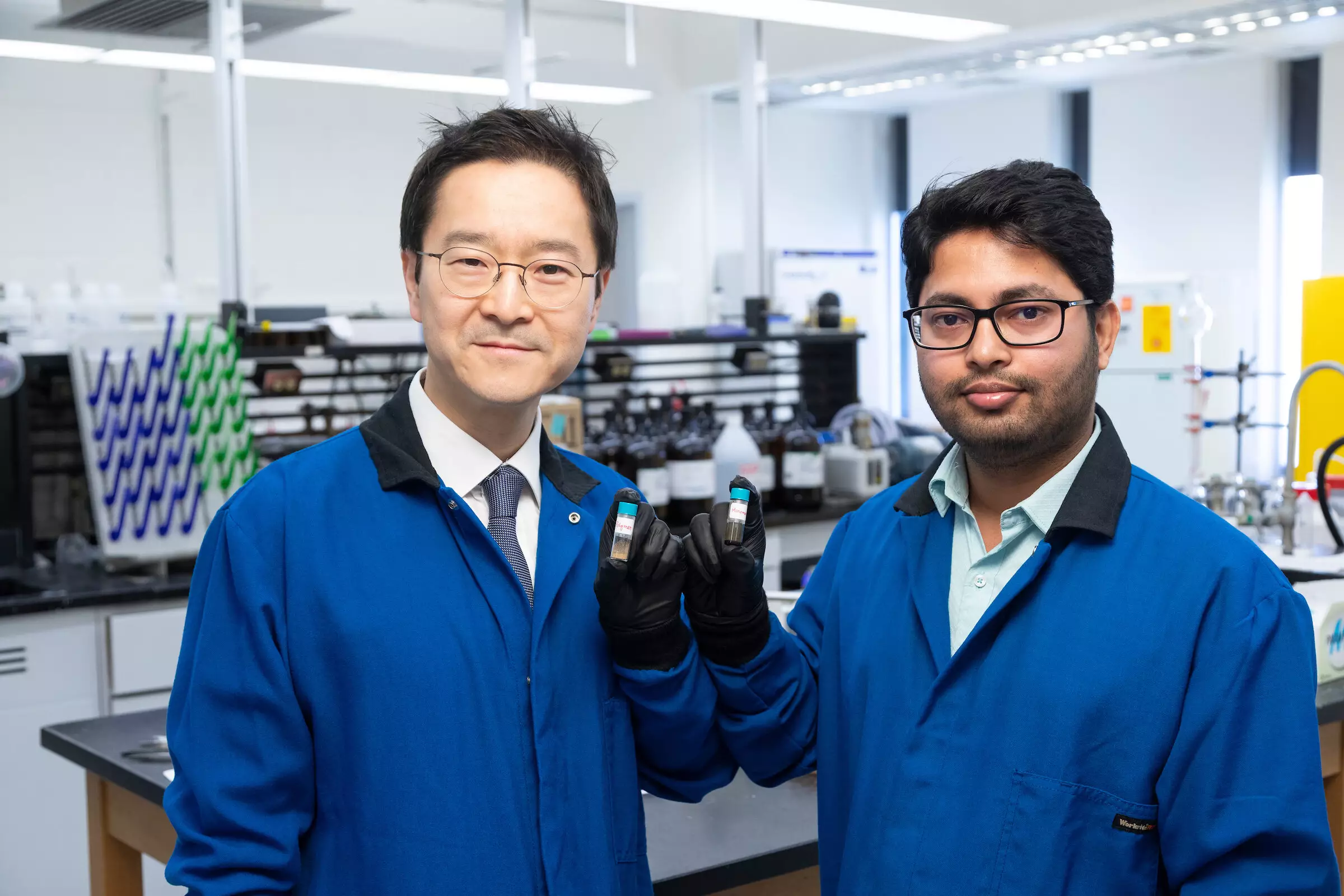In the quest to combat climate change, innovative materials have emerged as crucial tools for carbon capture and storage. A new biomass-based material developed by researchers from the Florida A&M University-Florida State University (FAMU-FSU) College of Engineering has shown promising capabilities in this regard. This novel material, primarily composed of lignin—a natural polymer found in plants—offers a sustainable solution to reducing carbon dioxide (CO2) emissions. Published in the prestigious journal *Advanced Materials*, this research highlights a significant leap forward in materials science and environmental engineering.
The Science Behind the Material
At the heart of this research lies lignin, an abundant and cost-effective organic molecule that forms a fundamental component of woody plants. Given its status as a byproduct of wood processing, lignin is not only economically viable but also promotes the efficient utilization of resources that would otherwise go to waste. Researchers led by Hoyong Chung, an associate professor at FAMU-FSU, developed a method to extract and repurpose lignin into a material capable of capturing CO2 from both concentrated sources and ambient air. This dual functionality is particularly valuable, as it allows for flexible applications in various environmental contexts.
The capability of this material to repeatedly trap and release CO2 without the need for high pressures or extreme temperatures is one of its most striking features. This specificity in temperature control enables the material to function effectively in a variety of settings. Chung emphasized that their testing demonstrated no significant change in structural integrity even after multiple cycles of absorption and release, reinforcing the material’s durability and efficacy as a carbon mitigation tool.
An intriguing aspect of this research was the discovery surrounding the CO2 release mechanism. During analysis with nuclear magnetic resonance spectroscopy, researchers noted the emergence of bubbles within the sample upon application of heat. This unexpected observation prompted a deeper investigation into the material’s behavior when subjected to thermal stimuli.
The results were compelling: heating the material caused it to release absorbed CO2. The research team established that a temperature as low as 60 degrees Celsius could initiate this release process at normal atmospheric pressure, which fundamentally changes the landscape for carbon capture technology. The ability to manipulate the release temperature opens up new avenues for diverse applications, potentially enhancing the adaptability of carbon capture systems across different industries.
The implications of this technology extend beyond mere carbon capture. Once CO2 is absorbed, it can either be sequestered permanently or utilized in a variety of applications, spanning manufacturing and agricultural processes. The versatility of captured CO2 can contribute to developing sustainable materials, energy production methods, or even enhancing crop yields through specific applications of the gas. Such potential uses for CO2 could transform it from a waste product into a valuable resource, aligning with the broader objectives of sustainability and circular economy practices.
The Future of Lignin as a Resource
Continued exploration into lignin-based materials appears promising. With its inherent abundance and cost-effectiveness, lignin presents an underutilized resource in material science and environmental management. The findings from Chung’s study not only highlight lignin’s potential in carbon capture but also encourage further research into its applications, broadening the scope of its utility.
As scientists seek innovative methods to address climate challenges, developments like those from the FAMU-FSU team mark significant steps toward achieving environmental goals. The ability to absorb and control CO2 release in a sustainable manner could lead to transformative changes in how industries approach carbon emissions and highlight the importance of natural materials in these endeavors.
The research conducted by FAMU-FSU College of Engineering presents groundbreaking advancements in carbon capture technology through the development of a biomass-based material. By effectively utilizing an abundant natural resource like lignin, the potential for reducing CO2 emissions while creating valuable applications marks a significant milestone. As we move forward, continued innovation in this field will be essential for addressing the pressing issue of climate change, making it a shared responsibility among scientific communities and industries alike.

